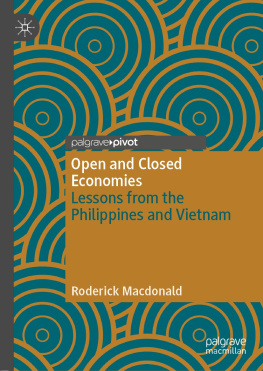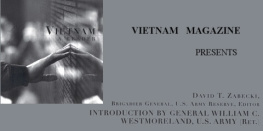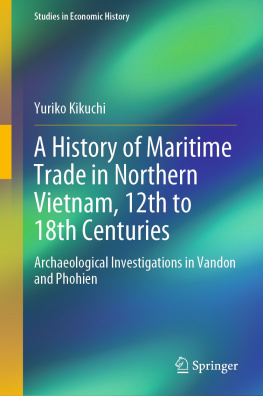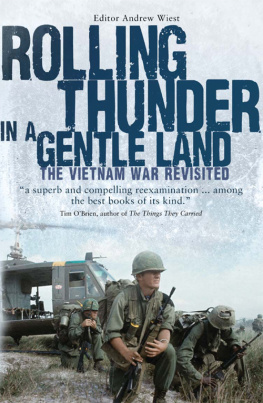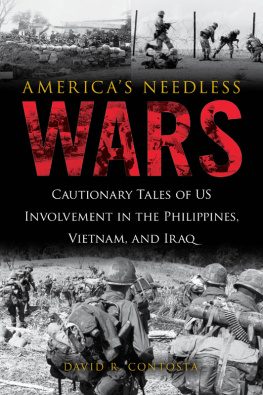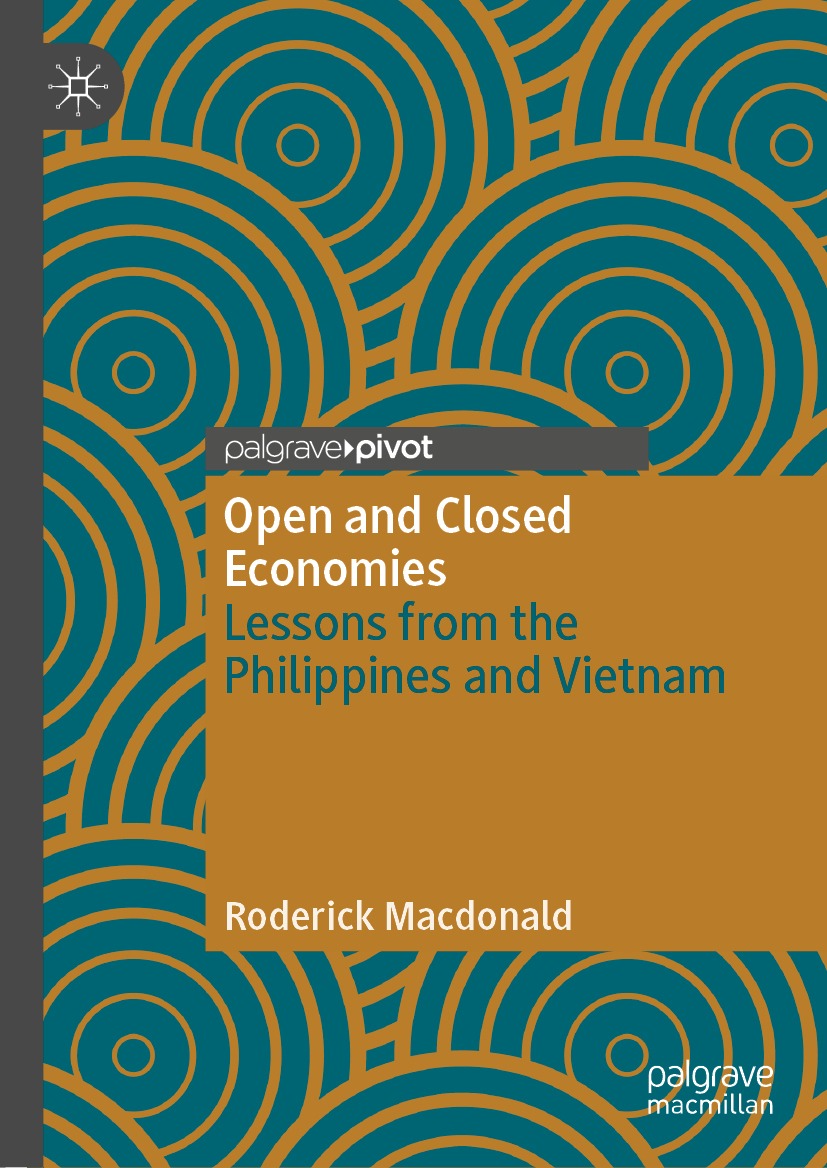Roderick Macdonald
International Business, UEH-ISB, Ho Chi Minh City, Vietnam
ISBN 978-3-030-79533-7 e-ISBN 978-3-030-79534-4
https://doi.org/10.1007/978-3-030-79534-4
The Author(s), under exclusive license to Springer Nature Switzerland AG 2022
This work is subject to copyright. All rights are solely and exclusively licensed by the Publisher, whether the whole or part of the material is concerned, specifically the rights of translation, reprinting, reuse of illustrations, recitation, broadcasting, reproduction on microfilms or in any other physical way, and transmission or information storage and retrieval, electronic adaptation, computer software, or by similar or dissimilar methodology now known or hereafter developed.
The use of general descriptive names, registered names, trademarks, service marks, etc. in this publication does not imply, even in the absence of a specific statement, that such names are exempt from the relevant protective laws and regulations and therefore free for general use.
The publisher, the authors and the editors are safe to assume that the advice and information in this book are believed to be true and accurate at the date of publication. Neither the publisher nor the authors or the editors give a warranty, expressed or implied, with respect to the material contained herein or for any errors or omissions that may have been made. The publisher remains neutral with regard to jurisdictional claims in published maps and institutional affiliations.
Cover illustration: John Rawsterne/patternhead.com
This Palgrave Macmillan imprint is published by the registered company Springer Nature Switzerland AG
The registered company address is: Gewerbestrasse 11, 6330 Cham, Switzerland
Preface
My first recollection of the Philippines was a picture in the Montreal Gazette showing a number of men descending from a bus. They were participants in a Filipino Elvis look-alike contest. I was about ten years old at the time and I have since learned many things to love and respect about the Philippines, but this first impression remains: an Asiatic people heavily influenced by the United States of America and with no shame in having a good time.
My second recollection came when I was 20. It was the first time I came across large numbers of Filipinos. It was not in the Philippines, however. It was in Rome, Italy. I did not understand the reason until it was explained to me that many Filipinos had to leave their country to find well-paying jobs. This second impression of the Philippines still remains true today.
After that time, I began to meet and make Filipino friends, but my third major impression of the Philippines came when I was nearly 40, travelling to Rome from Barcelona. I opted out of a conference to circumnavigate the Vatican with a close friend. The conference was given by Cory Aquino, ex-president of the Philippines. I was told afterwards how she spoke through tears about the plight and suffering of large swathes of the Philippine population. Later I would learn more about the bloodless People Power Revolution that led to her coming to power. This strong impression of her personal compassion remains today, but I no longer see the People Revolution as a turning point in the history of her country.
My childhood passed more or less oblivious of the struggles between Vietnamese regimes, with the French colonisers and the American domino theorists. I was a young university professor walking the hallways when I overheard a girl speaking with a very open joual accent (a way of speaking French typical of the Qubec countryside and some sections of Montral). I turned and saw a very Asian face that belonged to a second-generation Vietnamese immigrant. By then I was learning how successfully the Vietnamese were integrating into Western societies after fleeing the new regime installed in 1975. I also had two close friend of Vietnamese originCharles, a finance professor who still finds the time to act as world grand master of Viet Vo Dao, and Quang, a manager at the International Civil Aviation Organisation. It was with Charles that I circumnavigated the Vatican.
Ho Chi Minh said that Americans are our enemies, but after the war they will be our friends. This has certainly proven the case, at least in the attitude of the Vietnamese. Although the war museums in the country do not hesitate to present the American armed forces as the bad guys, the people in the street are definitely open-minded and welcoming, perhaps particularly in the South and centre of Vietnam. They are hard-working and pragmatic people focussed on improving the prosperity of their family and of their country.
Both countries are heart-throbs of economists and investors at the moment because of their rapid economic growth. However, as I began to visit both countries since 2010, I could not help but contrast the two nations. While it is true that the Philippines are wealthier than Vietnam as measured by GDP per capita, particularly in 2010 as the gap is narrowing, I could not help but feel that store prices were too high for most consumers. Even as a tourist, I saw a strong contrast in the price of low- to mid-range hotels, partly a reflection of real estate prices, partly a reflection of the nature of the demand in both countries. There were other differences as well. In Vietnam, most things worked. In the Philippines, many things were complicated. Misery was very visible in the Philippines, whereas I have never seen someone living on the street in Vietnam (although I did see poverty in the city and the countryside).
In 2018 I edited a book on the ASEAN Economic Community that included a chapter on each country. Both chapters were very upbeat, but I remained sceptical about the Philippine economy. How can you be satisfied when such a large portion of your population works abroad to gain a decent salary, often facing harrowing conditions of exploitation including physical violence and always separating families? It seemed to me that rapid increase in the GDP statistic was not telling the whole story.
When I began teaching international business to undergraduates at the International School of Business of UEH in Vietnam, I decided that my students need to appreciate how Vietnam had made its way out of poverty. I used the contrasting economic itineraries of Singapore and the Philippines in the second half of the twentieth century to highlight the contribution of foreign capital and trade as a precedent for Vietnams policies. This in turn naturally led to the idea of this book that compares Vietnam and the Philippines.
There is limited discussion of corruption in this book, as unfortunately there is considerable corruption in both countries, so that the difference is insufficient to explain differing economic outcomes. The undue influence of interested parties upon economic policies in the Philippines does explain differing economic performance, but is not corruption. It is weak government.
Chapter (as well as my 2020 publication about Vietnam) might give the impression that Vietnam is a paradise. I like Vietnam, but it is very imperfect, like everywhere else. The saying is that success in Ho Chi Minh is built upon business, while in Hanoi success comes from being close to power. I have met business people in the South who keep a low profile in the fear that too much business success will attract unwanted attention. Slums and squalor are not as visible as in the Philippines, but there are areas of great poverty and, in the cities at least, less pleasant surroundings.

